How is gold jewellery made? Jewellery Making Process Demystified!
Jewellery making in India is steeped deep in the history of the land and evidence of it goes back to 5000 years ago. Archaeological discoveries around the Indus Valley civilization pointed at more than architectural excellence, it also highlighted the early signs of jewellery making.
People even then use to adorn themselves with strings of beads and other materials. With time jewellery gained importance as more than mere adornment, it became symbolic to the culture and the traditions of the people.
Gold, silver, copper and other metals combined with a variety of gemstones were all considered to have unique energy and mystical properties that would benefit the wearer. With the influence of the Mughal rulers, jewellery making in India went through a major transformation.
Now India is one of the largest gold producing and consuming countries in the world.

Jewellery making in India is an elaborate and intricate process. There are many techniques of jewellery making. Hand-made jewellery is still popular. Techniques such as Jali work, lacquer work, kundan work, various gemstone settings make the process rather fascinating. Several goldsmiths pass down family secrets with regard to jewellery making techniques to their children in the business. The typical layman has only a faint idea of how gold jewellery is truly made.
Let’s delve into what goes on behind the scenes. Here is how your typical gold jewellery is created from scratch! In this article, we are going to look at how gold jewellery is made using the casting process.
Here are the steps to creating a gold jewellery using the casting method:
STEP 1
A specific team of people are at the heart of creating the beautiful gold jewellery we all wear; they are the jewellery designers. The entire process starts with these guys.The jewellery designer first digitally render the design of jewellery; be it an earring or a necklace on specialised software such as 3D CAD. These files are versatile and show how the product will look in reality, upon completion.
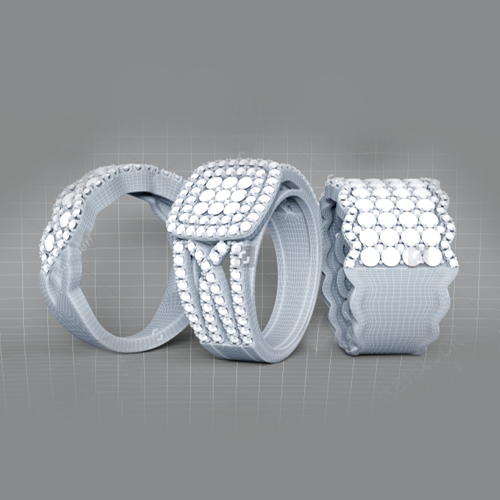
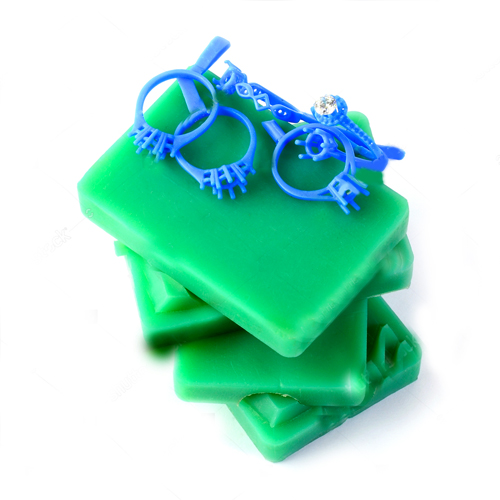
STEP 2
The final quality-checked 3D CAD file is then sent to the 3D printer. This is the first step in converting what was only a digital design idea to something that can actually be touched and felt; a 3D wax model of the jewellery piece.This wax mould of the jewellery is the beginning of the process for creating a mould.
STEP 3
The wax mould of the jewellery is placed inside a box and resin; a rubber-like material is poured into the box, covering the wax mould completely.Once the box is filled with resin, it is pressurised and hardened. This process leads to the wax mould being tightly airlocked within the resin.
The next is heating the box and its contents; this leads to the wax melting away, leaving a jewellery shaped cavity in the resin.
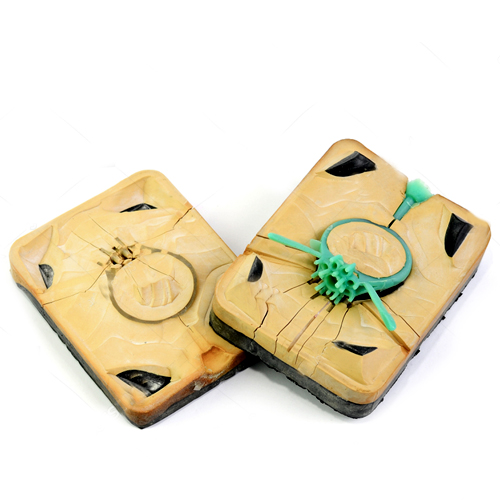
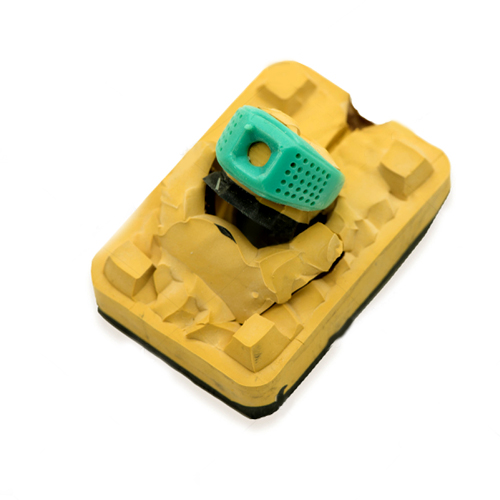
STEP 4
The cavity is then injected with hot molten wax. The wax is allowed to cool and settle down in the mould.The hardened wax is then removed from the cavity in the shape of the jewellery piece.
STEP 5
The next step is a process called investment casting. Here the hardened wax piece of jewellery is placed inside a hot furnace and covered in a material like POP.Every available gap inside the furnace area is covered in POP except for the bit where the wax jewellery piece exists.
Here the furnace is heated, allowing for the wax jewellery to melt, leaving in its place a cavity in the POP that is then used to create the gold jewellery.

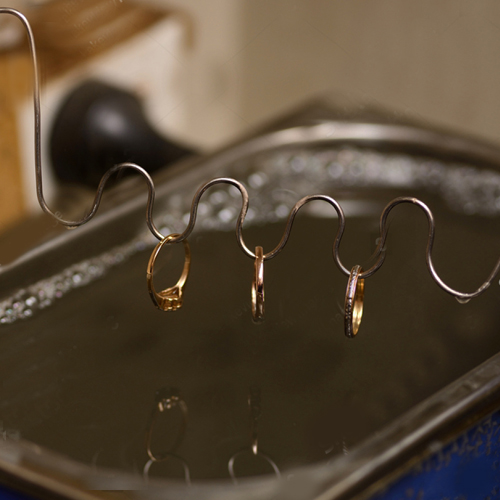
STEP 6
c into the cavity in the POP and quickly cooled, resulting in the gold taking the shape in the cavity. The furnace is opened and the hardened POP is taken apart leaving the gold cast jewellery.
The gold jewellery product is now almost complete.
STEP 7
Any rough edges or excess bits of gold is removed in polishing. Any addition, placement of gemstones, etc., happen after this stage.There will be grooves in this piece of gold jewellery if it is supposed to have gemstones carefully placed in them.
This is a time-consuming activity involving fine skill and focus, depending on the design and setting of the gemstones.
They also need to be fixed in a durable and reliable manner as no one wants loose gemstones!

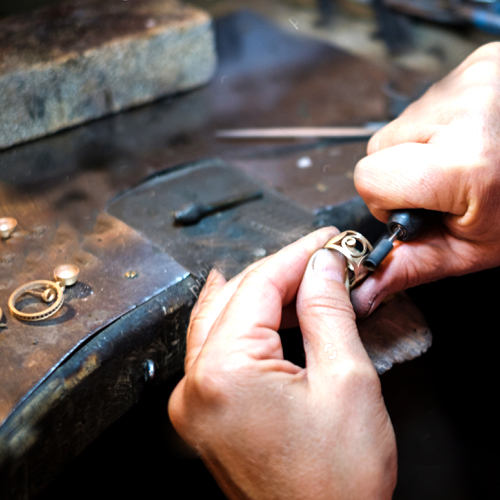
STEP 8
The final jewellery product after being polished and cleaned goes through a series of quality checks before it is ready to be delivered to the customer.
This is just one popular method of gold jewellery making today. There are several other methods too.
Whatever the method may be, the journey of a piece of jewellery from design conception to coming alive as an actual product is nothing short of magic!
To explore a wide range of contemporary Jewellery that has been designed and crafted by the experts from the industry and are sure to make you feel your beautiful best, just browse through Ketandiamonds.com.

